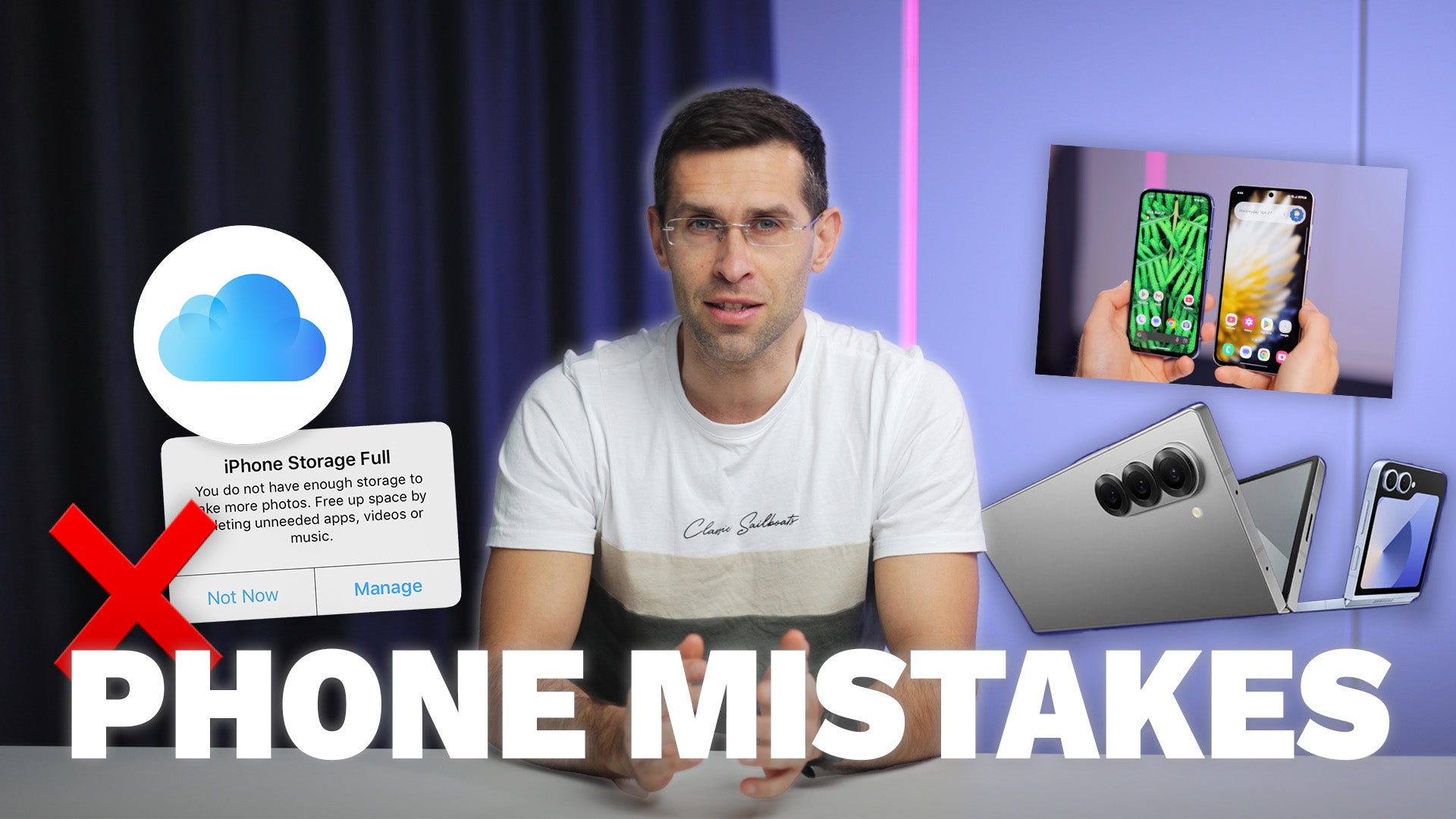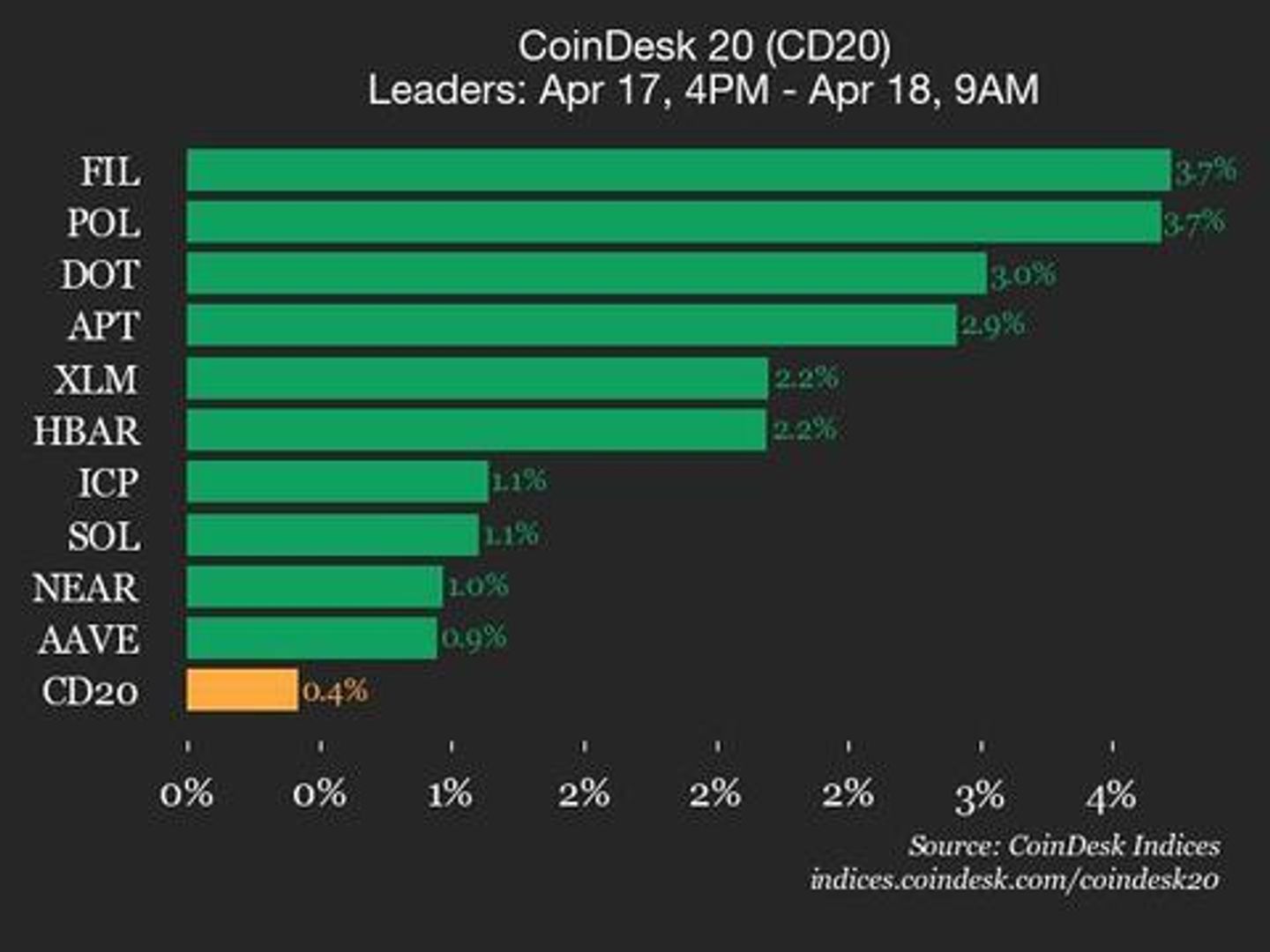Git Basics and Version Control
Version control is an essential tool for every developer. It helps manage code changes, collaborate with team members, and track the history of a project. Git is the most widely used version control system today. In this post, we’ll cover the fundamentals of Git and how to get started with version control. What is Version Control? Version control is a system that records changes to files over time. It allows you to recall specific versions later, collaborate with others, and keep track of who changed what and when. Why Use Git? Track Changes: See a full history of your project and revert to previous versions if needed. Collaboration: Work on code with others without overwriting each other’s changes. Branching: Work on new features or fixes in isolation before merging them back into the main codebase. Distributed: Every developer has a full copy of the project, enabling offline work and faster operations. Installing Git You can download and install Git from the official website: https://git-scm.com Basic Git Workflow Here’s a simple workflow for using Git: Initialize a Repository: git init Add Files: git add filename git add . Commit Changes: git commit -m "Initial commit" View Status and History: git status git log Connect to Remote Repository: git remote add origin https://github.com/username/repo.git Push Changes: git push -u origin main Common Git Commands git clone [url] – Clone a remote repository git branch – List or create branches git checkout [branch] – Switch branches git merge [branch] – Merge branches git pull – Fetch and merge from remote git push – Push changes to remote Understanding Branching Branching allows you to work on different features or bug fixes independently. For example: git branch new-feature git checkout new-feature Once you're done with the changes, you can merge them back into the main branch: git checkout main git merge new-feature Best Practices Commit often with meaningful messages. Use branches for features, bug fixes, and experiments. Review changes before pushing to shared repositories. Resolve merge conflicts carefully and test thoroughly. Conclusion Git is a powerful tool that streamlines code collaboration and management. Whether you're working solo or with a team, understanding Git basics will greatly improve your development workflow. Practice regularly and explore more advanced features like stash, rebase, and Git hooks as you grow.

Version control is an essential tool for every developer. It helps manage code changes, collaborate with team members, and track the history of a project. Git is the most widely used version control system today. In this post, we’ll cover the fundamentals of Git and how to get started with version control.
What is Version Control?
Version control is a system that records changes to files over time. It allows you to recall specific versions later, collaborate with others, and keep track of who changed what and when.
Why Use Git?
- Track Changes: See a full history of your project and revert to previous versions if needed.
- Collaboration: Work on code with others without overwriting each other’s changes.
- Branching: Work on new features or fixes in isolation before merging them back into the main codebase.
- Distributed: Every developer has a full copy of the project, enabling offline work and faster operations.
Installing Git
You can download and install Git from the official website: https://git-scm.com
Basic Git Workflow
Here’s a simple workflow for using Git:
- Initialize a Repository:
- Add Files:
- Commit Changes:
- View Status and History:
- Connect to Remote Repository:
- Push Changes:
git initgit add filename
git add .
git commit -m "Initial commit"
git status
git log
git remote add origin https://github.com/username/repo.git
git push -u origin main
Common Git Commands
-
git clone [url] – Clone a remote repository
-
git branch – List or create branches
-
git checkout [branch] – Switch branches
-
git merge [branch] – Merge branches
-
git pull – Fetch and merge from remote
-
git push – Push changes to remote
Understanding Branching
Branching allows you to work on different features or bug fixes independently. For example:
git branch new-feature
git checkout new-feature
Once you're done with the changes, you can merge them back into the main branch:
git checkout main
git merge new-feature
Best Practices
- Commit often with meaningful messages.
- Use branches for features, bug fixes, and experiments.
- Review changes before pushing to shared repositories.
- Resolve merge conflicts carefully and test thoroughly.
Conclusion
Git is a powerful tool that streamlines code collaboration and management. Whether you're working solo or with a team, understanding Git basics will greatly improve your development workflow. Practice regularly and explore more advanced features like stash, rebase, and Git hooks as you grow.




























![[Webinar] AI Is Already Inside Your SaaS Stack — Learn How to Prevent the Next Silent Breach](https://blogger.googleusercontent.com/img/b/R29vZ2xl/AVvXsEiOWn65wd33dg2uO99NrtKbpYLfcepwOLidQDMls0HXKlA91k6HURluRA4WXgJRAZldEe1VReMQZyyYt1PgnoAn5JPpILsWlXIzmrBSs_TBoyPwO7hZrWouBg2-O3mdeoeSGY-l9_bsZB7vbpKjTSvG93zNytjxgTaMPqo9iq9Z5pGa05CJOs9uXpwHFT4/s1600/ai-cyber.jpg?#)













































































































































![[The AI Show Episode 144]: ChatGPT’s New Memory, Shopify CEO’s Leaked “AI First” Memo, Google Cloud Next Releases, o3 and o4-mini Coming Soon & Llama 4’s Rocky Launch](https://www.marketingaiinstitute.com/hubfs/ep%20144%20cover.png)


















































































































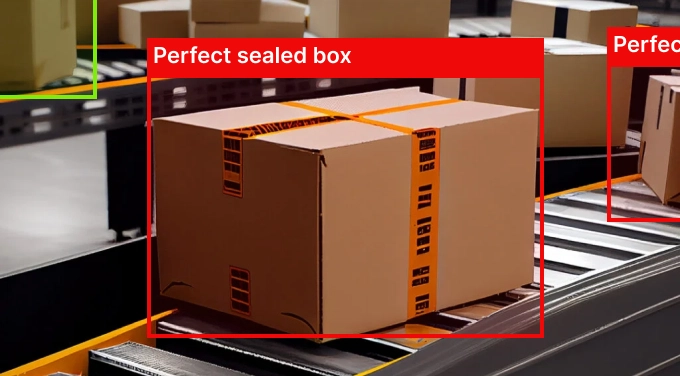
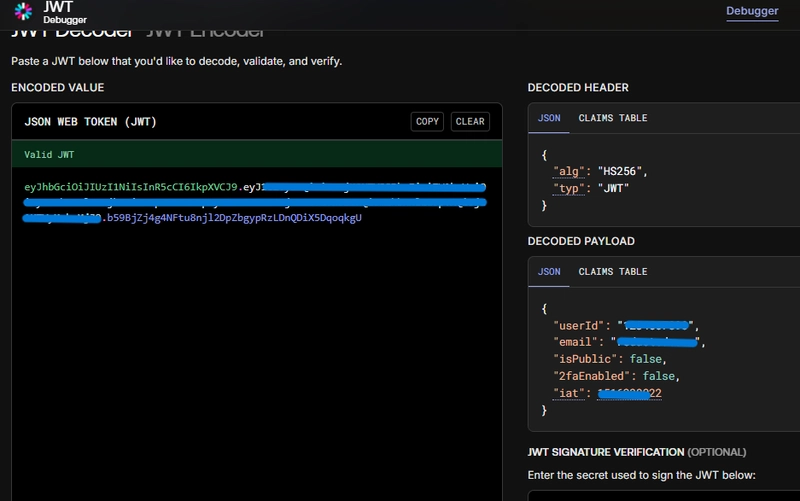




















































































![Rogue Company Elite tier list of best characters [April 2025]](https://media.pocketgamer.com/artwork/na-33136-1657102075/rogue-company-ios-android-tier-cover.jpg?#)








































































.webp?#)

























































































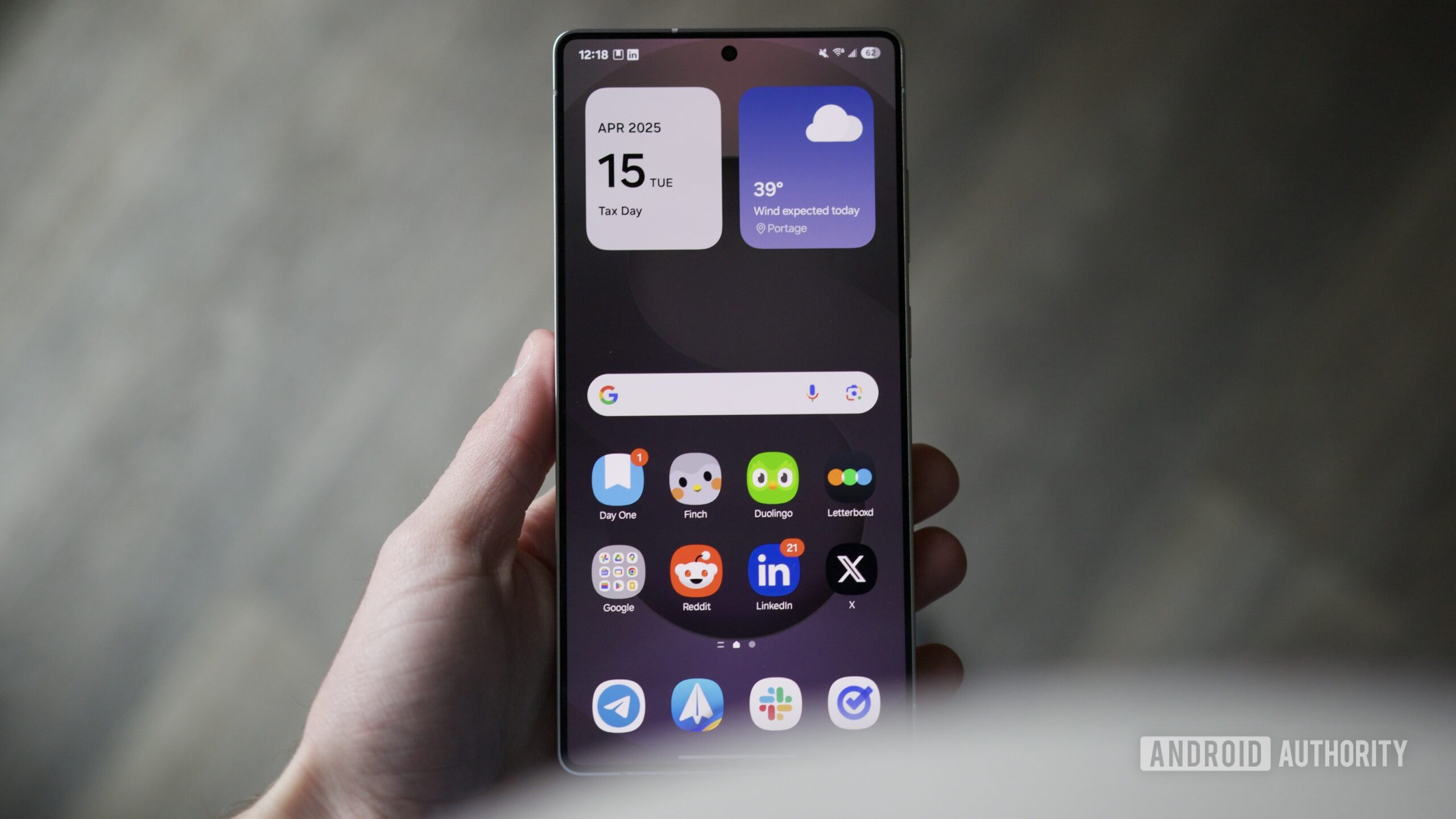




![Beats showcases Android in ad for ‘universally compatible’ cables that Apple was forced to support [Video]](https://i0.wp.com/9to5google.com/wp-content/uploads/sites/4/2025/04/beats-cables-4.jpg?resize=1200%2C628&quality=82&strip=all&ssl=1)

![Here’s the first live demo of Android XR on Google’s prototype smart glasses [Video]](https://i0.wp.com/9to5google.com/wp-content/uploads/sites/4/2025/04/google-android-xr-ted-glasses-demo-3.png?resize=1200%2C628&quality=82&strip=all&ssl=1)











![New Beats USB-C Charging Cables Now Available on Amazon [Video]](https://www.iclarified.com/images/news/97060/97060/97060-640.jpg)

![Apple M4 13-inch iPad Pro On Sale for $200 Off [Deal]](https://www.iclarified.com/images/news/97056/97056/97056-640.jpg)

















































